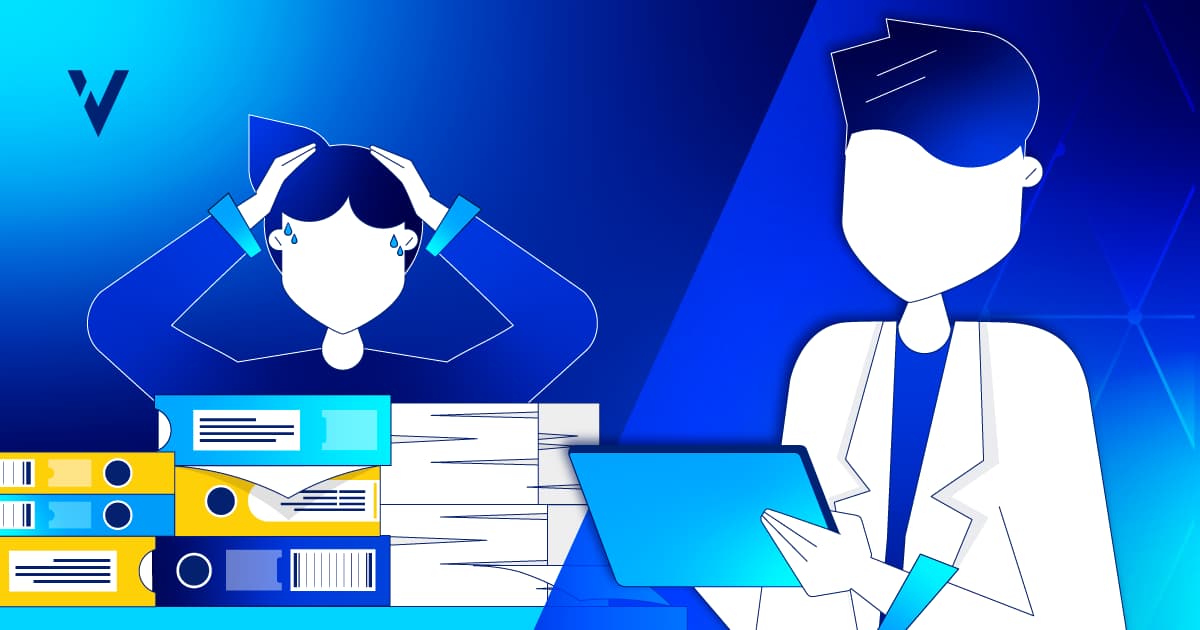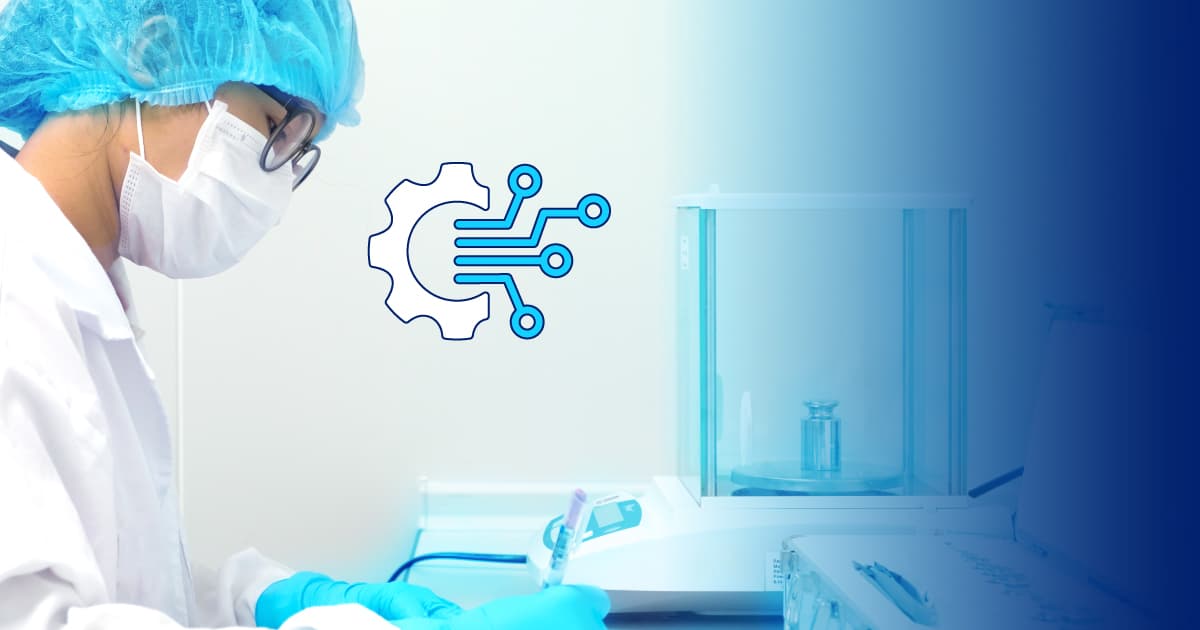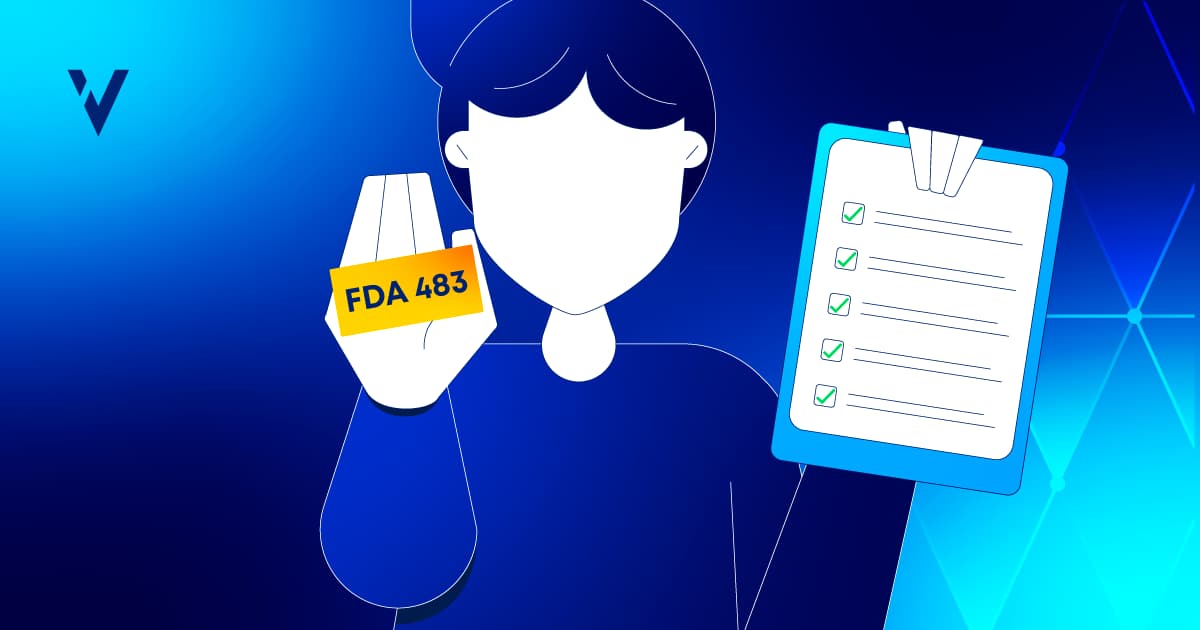Transitioning from paper to electronic logbooks (aka e-logbooks or elogs) is imperative for organizations seeking to streamline operations and maintain compliance. Central to the effectiveness of any elog software application is the integration of robust business rules. This blog post will explain how ValGenesis e-Logbook uses business rules to boost productivity and enhance data integrity.
Assigning a task to two individuals without clear guidelines can yield vastly different outcomes. While this approach may be suitable for less critical projects, allowing employees to manually log cleaning, maintenance, and usage data on paper without technical controls can result in inconsistent records and compliance issues.
So, how do you establish clear expectations and ensure consistent outcomes? Leverage the power of business rules.
What are Business Rules?
Business rules are a set of predefined guidelines designed to automate decision-making to enforce consistency, ensure regulatory compliance, and optimize workflow efficiency. In the context of logbook management, business rules govern various aspects such as data capture, verification, approval workflows, scheduling, and dependencies between log forms.
ValGenesis e-Logbook lets you customize processes with adaptable conditions and actions to align with your SOPs. The ValGenesis Professional Services team works with customers to create log forms and encode business rules during implementation. Users can add new forms or revise existing forms to adapt to internal requirements or regulatory updates.
It’s a four-step process: (1) digitize the log form, (2) create the log form, (3) create the business rule, and (4) associate the entity and the log form. In ValGenesis, an entity can be a specific instrument (e.g., high-performance liquid chromatography/HPLC ), equipment (e.g., autoclave), or physical space (e.g., a cleanroom).
Being able to "set and forget" certain aspects of your elogbook activities is a huge timesaver and reduces your reliance on manual decision-making, thereby reducing errors.
Using Business Rules in Electronic Logbooks
Let's look at some repetitive tasks you can define and automate using ValGenesis electronic logbook software.
- Verification: Most organizations require log entries to be verified. If a verification step is required, users can define when they want the verification to take place, i.e., after data capture or during data capture; what the verification should be based on, i.e., days and records, only day(s), or only record(s); and who is authorized to provide the verification. Row-level verification is also possible. If row-level verification is selected along with “during data capture,” a pop-up window prompts the verifier to provide their signature after each row is executed before the executor can capture the next row of data.
- Approval Workflow: Like verification workflows, approval workflows facilitate hierarchical processes. This ensures that logs undergo thorough review and authorization from relevant stakeholders before being considered valid and officially documented. You can configure business rules to define the specific approval chain, delineating which individuals or roles are allowed to execute and approve the log form at various stages. The same criteria listed above (i.e., when, what, and who) can be defined for approvals. By enforcing approval workflows, organizations mitigate the risks associated with unauthorized or erroneous entries in the logbook. They also save time wasted on non-value-added tasks like printing, scanning, and physically routing documents.
- Scheduling: Users can configure business rules to trigger log forms or logbook tasks at specified intervals, deadlines, or triggers. In a manufacturing environment, scheduling business rules may automatically generate routine equipment maintenance tasks based on predetermined maintenance schedules or equipment usage thresholds. By automating scheduling processes, users can optimize operational efficiency, minimize downtime, and proactively manage maintenance and compliance activities within the e log software application. You can initiate forms automatically based on your preferred schedule, e.g., every few hours, daily, weekly, monthly, or yearly. Simply set up the schedule once, then forget it; the system automatically alerts impacted users to impending tasks with proactive notifications. No more trying to manage statuses and activities in stand-alone Excel files; spreadsheets are not built to accommodate this level of collaboration.
- Dependency Management: You can define dependencies between logbook entries, ensuring sequential execution of tasks and adherence to procedural requirements. Business rules can enforce dependencies wherein certain activities or tasks must be completed before subsequent actions can be initiated or documented. In pharmaceutical manufacturing, dependency management business rules may stipulate that equipment calibration must be completed and verified before production batch records can be generated and approved. By enforcing dependencies, organizations mitigate the risk of procedural errors, ensure workflow compliance, and maintain data integrity throughout the logbook management process.
Additional Capabilities of ValGenesis Electronic Logbook Solution
Users can also trigger log forms on demand, prioritize logs (high, medium, or low), and set expiry dates. If a log value isn't verified by its expiry date, it becomes invalid and needs to be redone. For example, you can set a business rule for clean and dirty hold times in a cleaning log. If the set time limit passes, the log becomes invalid, and the entity must be cleaned again.
You can associate numerous log forms with an entity. The system supports all types of GxP logs, including cleaning, usage, maintenance, calibration, etc. The ValGenesis Mobile Application allows users to capture log data and objective evidence even when working offline. Offline mode functionality facilitates real-time data capture, helping you meet ALCOA+ guidelines for data integrity.
Creating Business Rules in ValGenesis e-Logbook
Listed below is a step-by-step overview of the process. Click on the yellow arrow to watch a short demo on how to implement business rules into your workflows to invoke process decisions and ensure good documentation practice (GDP) compliance sitewide and companywide.
- Define Business Rule Parameters: Start by naming the business rule and selecting the appropriate log type, such as cleaning log, calibration log, etc.
- Assign Users or User Groups: Specify which users or user groups are authorized to access and manage the log forms associated with the business rule.
- Set Verification and Approval Requirements: Determine whether verification and approval are required for log entries and configure workflows accordingly.
- Establish Scheduling Parameters: Define scheduling models to automate the initiation of log forms based on predetermined intervals or triggers.
- Manage Dependencies: Configure dependencies between different types of log forms to ensure sequential completion according to operational requirements.
Key Takeaways
Incorporating business rules into electronic logbook management processes empowers organizations to optimize efficiency, ensure compliance, and mitigate risks effectively.
An electronic document management system or Excel spreadsheet is not a substitute for a purpose-built electronic logbook solution, especially in highly regulated industries. ValGenesis e-Logbook with business rule functionality enforces consistency and standardization across your organization, reducing the risk of human errors and discrepancies. This is vital for maintaining regulatory compliance and product quality.
Want to learn more about the advantages of replacing paper logbooks? Watch “How to Manage Logbooks Electronically,” hosted by Sophia Vraka, Senior Solutions Engineer at ValGenesis.

.jpg?width=850&height=388&name=e-Logbook---Video-CTA---Power-of-Business-Rules%20(2).jpg)


